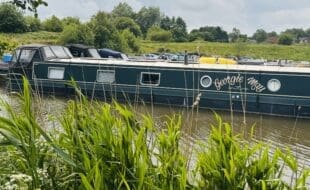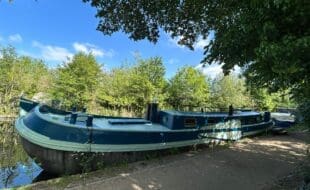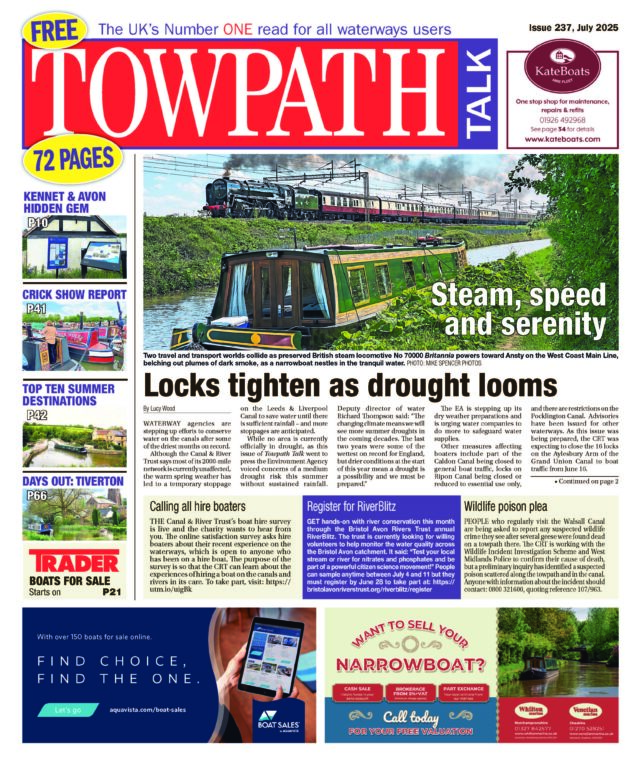Nicola Lisle discovers how canals and ice cream are linked at the London Canal Museum in the latest in her museum series.
NESTLED on a quiet stretch of the Regent’s Canal, overlooking the early 19th century Battlebridge Basin, the London Canal Museum is a gem among canal museums.
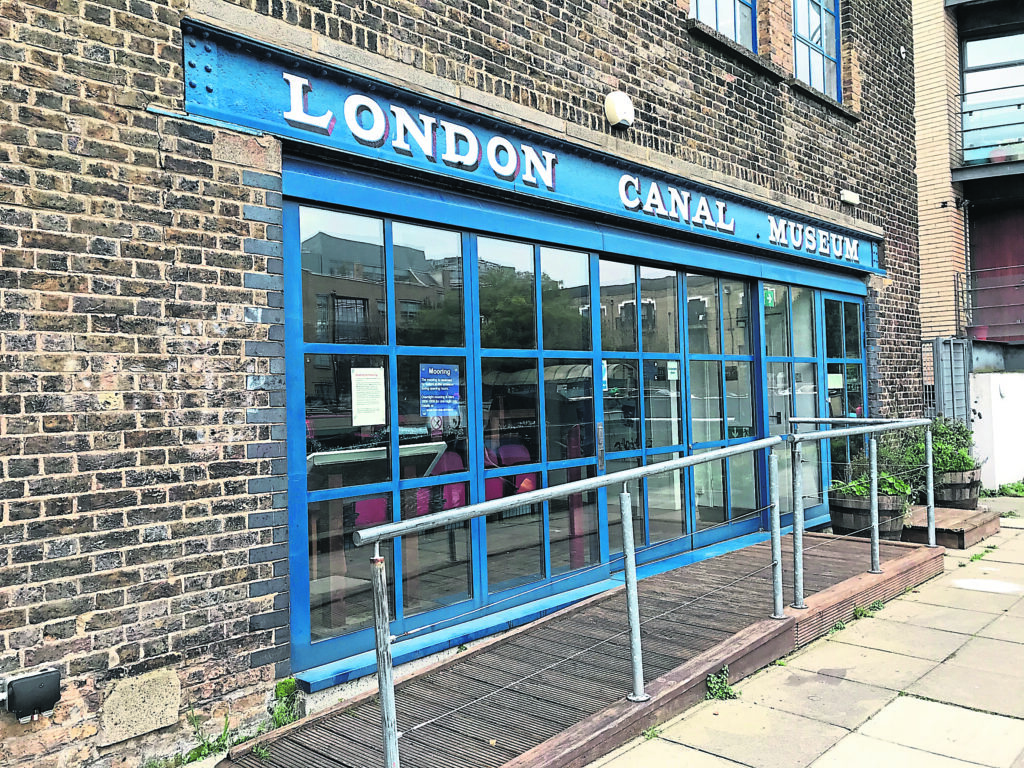
It is the perfect place to escape the hustle and bustle of the capital’s busy thoroughfares and immerse yourself in the history of London’s canals and rivers.
The museum was officially opened by HRH the Princess Royal on March 9, 1992 and is housed in a former ice warehouse, built around 1863 for the ice cream maker Carlo Gatti, whose imported natural ice from Norway was delivered to this building by canal barges via the docks at Limehouse.
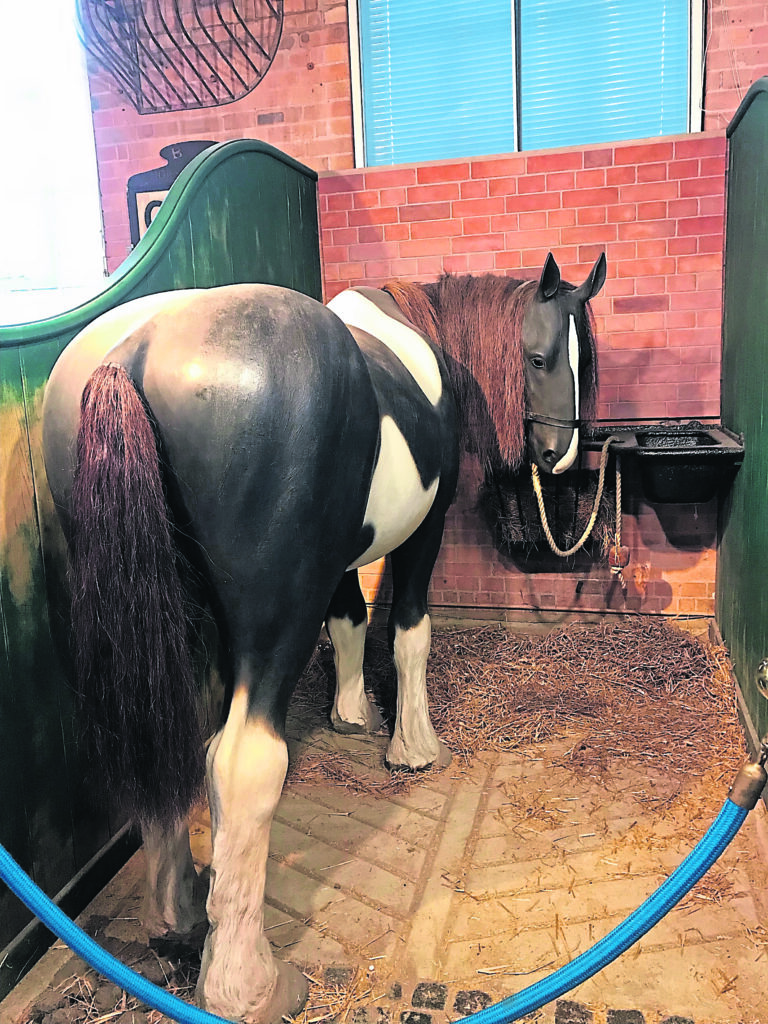
Gatti’s rags-to-riches story is told in one of the ground floor exhibitions. The Swiss-born entrepreneur grew up in poverty in Ticino, came to London in 1847 and by the turn of the century had become the city’s most successful ice merchant. On display is a model of a yellow horse-drawn ice cart from the 1890s and an ice cream tricycle – both once familiar sights around London – as well as ice cream making equipment and other artefacts.
Towards the rear of the museum is one of two ice wells, once used to store ice. The other well is below the front of the building. Both are 34ft wide and originally more than 40ft deep.
Dominating the ground floor is the narrowboat Coronis, built in 1935 by Harland and Wolff as a butty for the motorboat Corona. These boats worked the Grand Union Canal Carrying Company and typically carried cargoes of timber, steel, fruit and grain.

Step into the cargo area of Coronis and through to the reconstructed cabin, where you can see the cramped conditions in which families lived. A cupboard door by the range folds down to form a table, while another folds out to form a single bed. This looks cosy enough, but with the curtain drawn, and the door adjoining the cargo area closed, it would be decidedly claustrophobic! Note the rag rug, the lace curtains, the decorative plates and brightly coloured paintwork – all helping to make the tiny home as cheerful as possible.
Don’t miss the brightly coloured cans on the roof, decorated in the famous Roses and Castles design.
You get a better view of Coronis from the raised platform towards the rear of the museum. Here you can also see life-size models of a boatman and his family in traditional dress.
Elsewhere on the ground floor you can see examples of weighing, lifting and life-saving equipment, take a peek into an old toll office, and enjoy the displays of Measham pottery and lace and ribbon plates – the latter particularly popular with boating families for adding colour and light to cabin walls.
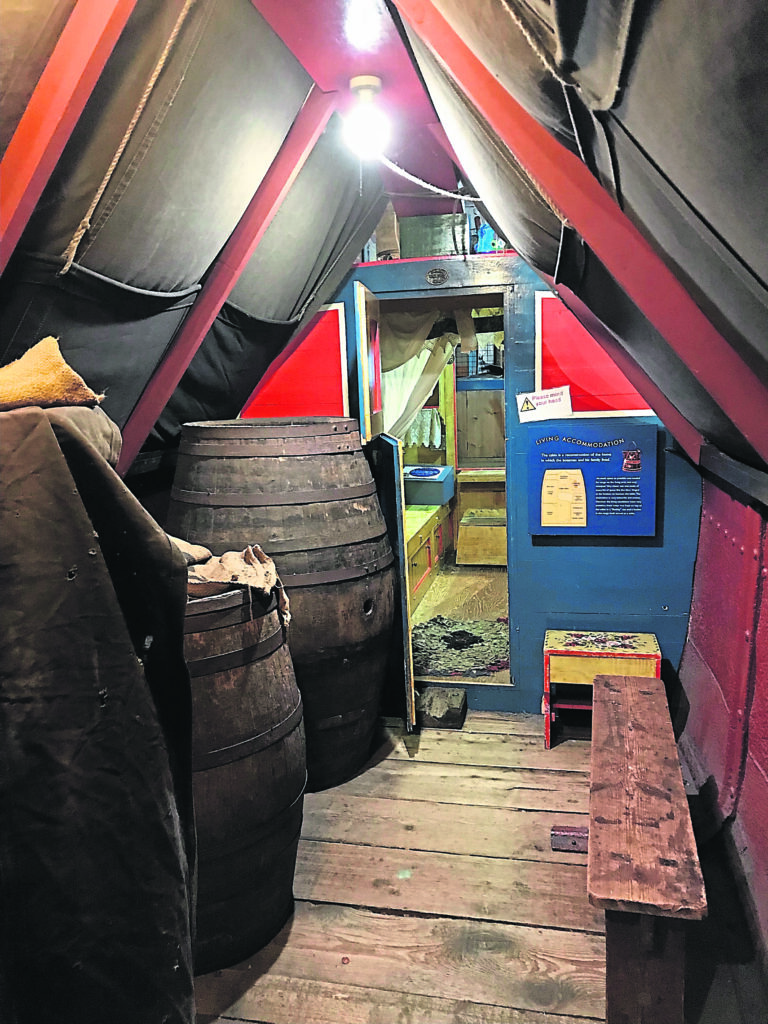
An unusual inclusion is a Wickham diesel tractor, still in working order and dating from 1960, when tractor power was used to tow barges on the London canals.
A door at the rear of the ground floor takes you outside to Battlebridge Basin, where the 1950s tug Bantam IV has been moored since being donated to the museum in 1994. Built in 1949-50 by E C Jones & Sons of Brentford, Bantam IV was one of around 90 tugs designed to push barges rather than pull, and she spent most of her working life in the gravel pits of Kent and on the Kennet & Avon Canal.
The first floor, originally the stable for the ice factory’s cart horses, now features a life-size model of a horse in a recreated 1906 stable, accompanied by a display of horse care equipment and the story of horses on the canals.
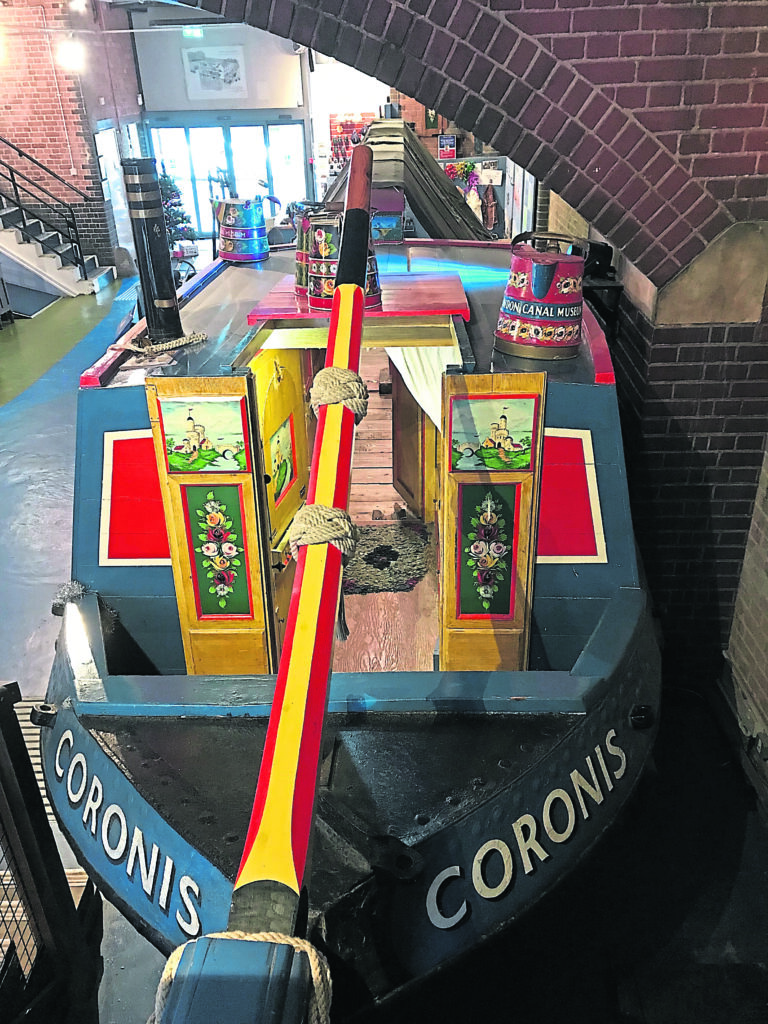
This floor is a canal historian’s paradise – here you can read the story of London’s canals, from their heyday to their decline and revival, the cargoes they carried – including famous brands such as Lyon’s tea, Nestlé’s milk, Heinz baked beans and Bournville chocolate – the role played by canals in 19th century innovation and living and working on the waterways.
Model boats, an interactive model of a lock and archive film footage complement the displays, and there are information files to flip through.
Temporary exhibitions are housed on the first floor – Wildlife on London’s Canals was showing at the time of writing – and online exhibitions feature on the website. Boat trips run throughout the summer and on other special occasions.

